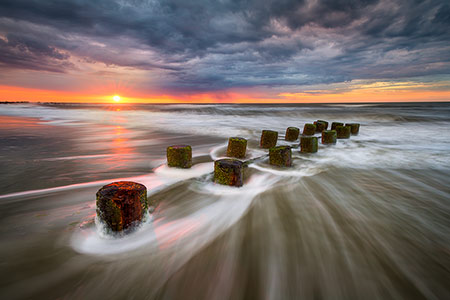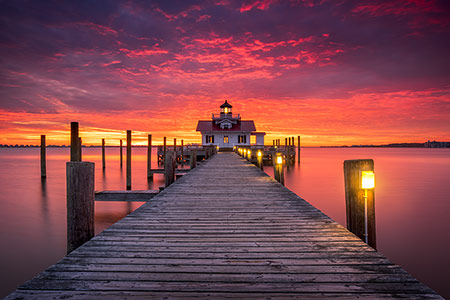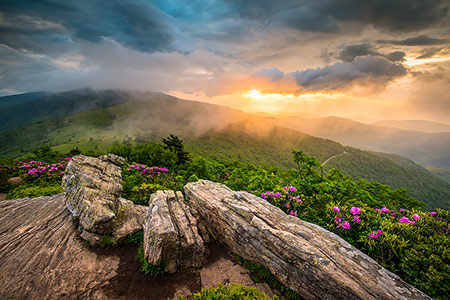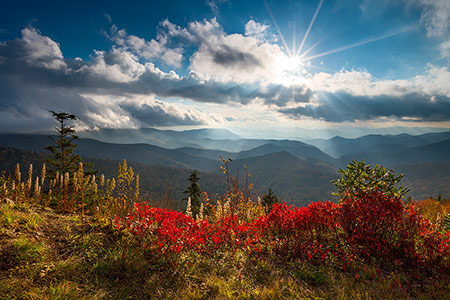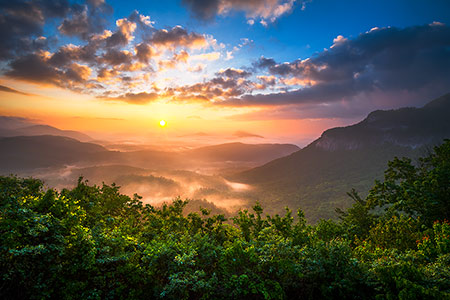 Exposure, in its most basic sense, is simply the balance of light areas and dark areas in an image. All images have light and dark areas, generally encompassing a range of tones all the way from white to black. Forget all about colors for a minute and just think in terms of Luminance, which means the amount of light or dark in any given color.
Exposure, in its most basic sense, is simply the balance of light areas and dark areas in an image. All images have light and dark areas, generally encompassing a range of tones all the way from white to black. Forget all about colors for a minute and just think in terms of Luminance, which means the amount of light or dark in any given color.
The tone with the highest luminance or brightness level would be white, and nothing in an image can be brighter than that. The darkest possible tone is of course black. Between the two we have a whole range of possible tones that make up an image or photograph. It is how we balance the light tones and dark tones in an image that make up the art of "exposure".
A camera allows us to adjust the exposure of a photograph, and gives us the power to lighten or darken any scene in front of us simply by changing some camera settings.
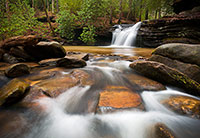 First we have to consider how a camera records a photograph. A digital camera has a sensor in it that is capable of "absorbing" an image, complete with colors and shades of light and dark (same as film in a film camera). "Exposure" is how much of this light is allowed to "absorb" into the digital camera's sensor (or film).
First we have to consider how a camera records a photograph. A digital camera has a sensor in it that is capable of "absorbing" an image, complete with colors and shades of light and dark (same as film in a film camera). "Exposure" is how much of this light is allowed to "absorb" into the digital camera's sensor (or film).
The technical aspect of how this happens is beyond the scope of this article, but in simple terms the light in an image will be absorbed into the camera's film or digital sensor and recorded.
If you record too much of the light, the result will be solid white or over-exposed. If you don't record enough of the light, the resulting image will be dark or black (under-exposed). This is similar to opening your eyes in a place that is completely dark with no light at all, all you see is black because your eyes cannot absorb enough of the light for you to see what's in front of you. Even though there may be plenty to see in front of you, your eyes need enough light to be able to form the image. It's the same thing with your camera sensor.
When you record just the right amount of light, the image is recorded just as it appeared in real life (or at least as close as the camera can reproduce it).
The whole point of exposure is simply to capture the right balance of light and dark tones in an image, so that the photograph can faithfully recreate what you envisioned when you pointed your lens at your subject. This may seem very simple and basic, but it is the solid foundation that any good image is built on.
I hope these tips will help you to improve your own photography. Use the links to navigate forward, backward, or go to the Main Menu.
